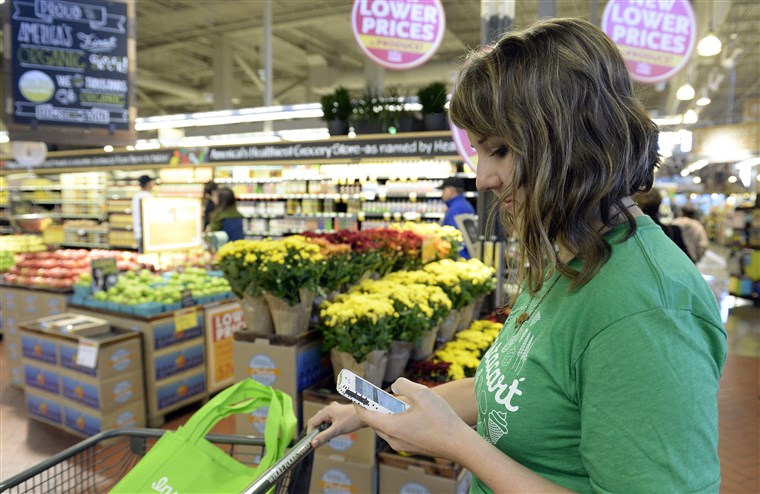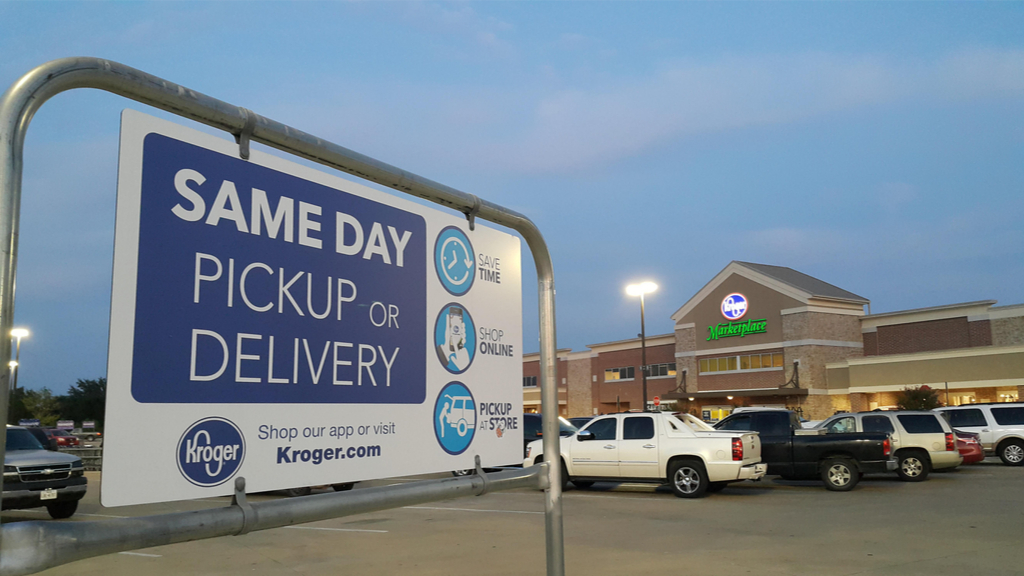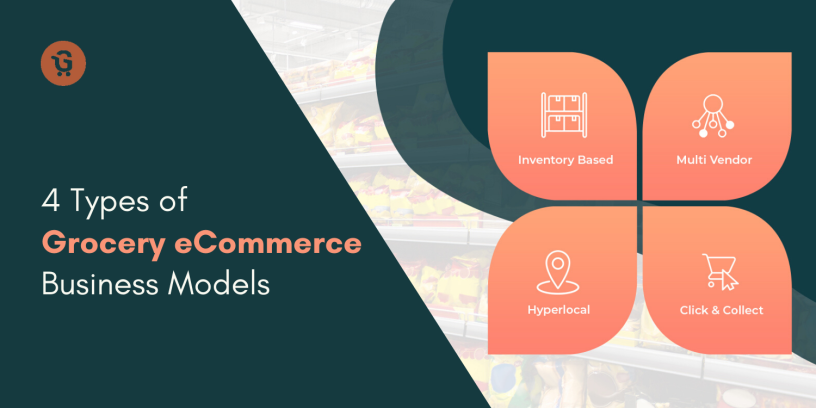The grocery industry has changed a lot over the past few years. The traditional means of grocery shopping are replaced by technology-driven ways. All of this is the result of technological-advancement and shifting consumer preferences.
Previously, some consumers resisted online grocery shopping to avoid delivery charges. Another reason was that they wanted to check the quality of the products while purchasing. But the impact of Coronavirus on the Grocery industry was so drastic that there was a sudden surge in the demand for the online grocery. COVID-19 forced people to change their priorities and shopping preferences.
If you are an entrepreneur, planning to invest in the Grocery E-commerce business, then it is important to understand the industry in-depth.
Types of Business Models for an Online Grocery Store
Let’s discuss the major grocery business models for launching an online grocery business:

Inventory Based Business Model
As the name suggests, this business model is dependent on the inventory management system. In the inventory-based business model, the eCommerce platform owner is responsible for purchasing and storing the inventory. The eCommerce business owner purchases the stock from different suppliers and stores them in a self-maintained warehouse.
The eCommerce business is responsible for keeping track of the inventory, communicating with the customers, and ensuring on-time delivery of the orders.
Example: The Alibaba backed BigBasket is a leading example that works on an inventory-based business model. The company switched to this model type in the year 2013 and witnessed escalated sales in a short period.

Multi-vendor Marketplace Business Model
Multi-vendor eCommerce grocery provides a common platform for multiple buyers and sellers. The vendors as well as buyers get themselves registered and engage in trading through a dedicated online grocery website.
This business model is also known as the ‘Zero Inventory Business Model.’ Unlike the Inventory Based Business Model, in this case, the eCommerce platform has no responsibility for managing the inventory.
About packaging and distribution, either the sellers handle the logistics themselves or the eCommerce platform manages the dispatch. The online grocery shopping website charges a specific percentage of sales as a commission from the sellers.
Example: Peapod is an example that operates on multiple vendor marketplace business models.

Hyperlocal Grocery Business Model
The objective of the hyperlocal grocery business model is to:
i) Cater to the demand of customers within a limited area
ii) Rocket-speed delivery
iii) Empowering the local grocers
This business model helps in optimizing the multiple supply options to fulfill consumer demand within a targeted region. The entrepreneur has to make sure that he/she collaborates with maximum local suppliers for inventory availability. Just like the Multi-vendor business model, in this case, the entrepreneur does not own any grocery store. Instead, they provide a platform for grocery retailers to sell their products on the platform.
Example: Instacart provides hyper-local on-demand grocery delivery by connecting customers with personal shoppers.
Related: “Launch a Grocery Shopping and Delivery App Like Instacart”

Click and Collect Business Model
The Click and Collect business model is also known as BOPIS (Buy Online, Pick-up In-Store). This business model is a perfect blend of online and offline shopping experience. BOPIS (Buy Online, Pick-up In-Store) in the Grocery Retail Industry is helping grocers provide the convenience of online as well as offline mode of shopping to their customers.
Research conducted by Post and Parcel suggests that by the year 2025, approximately 10% of sales will be drawn by adopting the click and collect retail strategy.
It enables the buyers to order groceries online and pick-up the order from the nearest grocery stores. It is the main form of contactless delivery that is trending nowadays due to the pandemic. However, there is always an option to get the order delivered at home.
Example: Kroger is an online grocery giant that recently celebrated the success of its 1000th click and collect grocery shopping service.

Conclusion
Starting an online grocery business requires an in-depth knowledge of every aspect of the grocery industry. As an entrepreneur, make sure that you choose a business model that is suitable for your business requirements.
You can launch your own online grocery business with Growcer: A multi-vendor solution to launch a grocery marketplace. Or, avail custom eCommerce development services from FATbit Technologies (Parent company of Growcer).
But, if you already have an offline grocery shop and you want to take your business online then Growcer Lite, a single vendor solution can be the ideal choice.
Content Source: https://www.fatbit.com/fab/different-business-models-to-launch-online-grocery-business/

